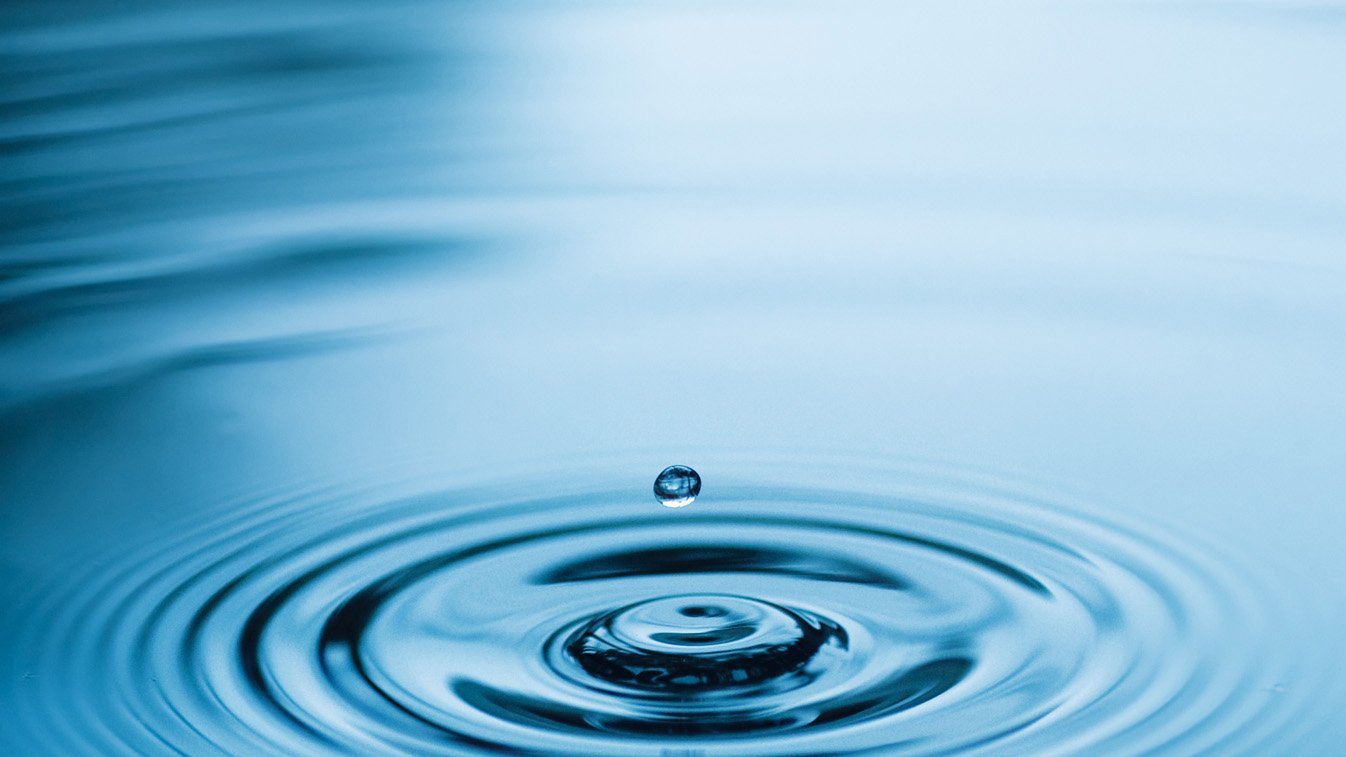- Additives
- Instruments

The wetting of a surface with a liquid depends on the surface tension of the liquid. The definition of surface tension is the work that must be applied in order to enlarge the surface of a phase.
The Du Noüy ring method is used to determine the surface tension of a liquid. A platinum-iridium ring is drawn out of the liquid while, at the same time, the maximum force caused by the tension of the liquid lamella during the movement of the ring is measured.

In fast application processes, the surface-active substances must be mobile in order to cover the newly created surfaces as quickly as possible and thereby keep the surface tension constant.
The bubble pressure method is used to determine the dynamic surface tension. Bubbles with different surface ages are generated within the liquid, and the maximum internal pressure of the bubbles is determined.

The hydrophobic or hydrophilic properties of solids can be determined with the help of the contact angle measurement of water. To determine the free surface energy of solids, contact angle measurements are carried out with defined liquids, and these measurements are then used to calculate the free surface energy using different models (OWRK, Wu, etc.). In this way, the wetting behavior of liquids on these solids can be characterized.

On this website we use cookies and similar functions to process end device information and personal data. The processing is used for purposes such as to integrate content, external services and elements from third parties, statistical analysis/measurement, personalized advertising and the integration of social media. Depending on the function, data is passed on to up to 9 third parties and processed by them. This consent is voluntary, not required for the use of our website and can be revoked at any time using the icon on the bottom left.